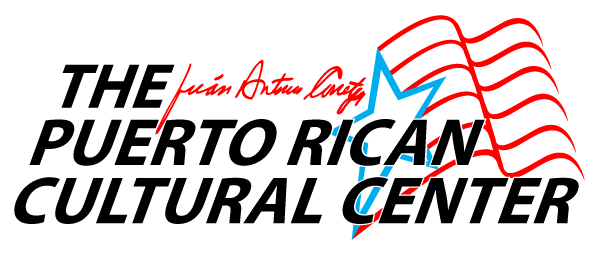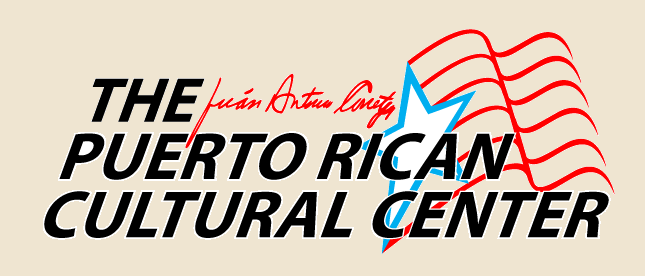It always baffled me when friends and colleagues of mine would see me outside of the fluid boundaries of Humboldt Park and comment, “Oh wow, you’re outside the two flags!” While such remarks are made in fairly good-humor, they are more telling about the deep-seated feelings about people who do community work. In other words, “those activists” are too narrow-minded or insular; they do not experience or understand the world outside a few blocks, which of course, is bad. All in all, a sentiment of “I could never do that kind of work, because I’ll end up like that” is felt. That kind of idea only damages the possibilities of maintaining and expanding work that seeks to improve the lives of community residents. And more importantly, those who get hurt the most in the process are the very residents themselves.
Just recently, I traveled outside the neighborhood to attend the Puerto Rican Studies Association Conference in Hartford, Connecticut. Although I listened to the work of the Puerto Rican intelligentsia, which for me proved that our communities can also produce great scholars and intellectuals, I also wanted to understand what connections could be drawn between academia and the people they study. This faraway New England city always peeked my interest due to its very large Puerto Rican community, which, in terms of proportion, is the second largest in the U.S. Plus, the mayor and much of the political establishment is led by Boricuas. Therefore a few friends and I ventured outside the walls of the swanky hotel where the conference was held to see what links could be made between Paseo Boricua and Park Street, the economic and cultural center for the Hartfordian Boricua.
As we walked down Park Street, there were visible signs of urban decay and poverty: the multiple young men, walking around with seemingly nothing to do and some “run-down” homes and buildings. Of course, this is what outsiders too often focus on, especially when visiting communities of color. What is most important and amazing, and perhaps sometimes even overlooked by community workers and academics, were the distinct signs of economic and cultural development. Block after block there were small business ventures that included everything from restaurants and cafes, to bookstores, record shops, and jewelers. As I entered these places of business, it was obvious that they were all owned by Puerto Rican and Latina/o longtime residents who also employed longtime local residents of color.
Social networks and civic engagement seemed to be rich, with residents conversing with each other as they walked down the street and in cafes, and some passing out information on electoral candidates. Furthermore, there were multiple buildings that have been reconstructed to look like structures in Viejo San Juan, with pastel-colored façades and iron-gate balconies. The neighborhood also included murals and community centers that depicted cultural and political themes of the island. Yes, social ills existed, but there was a community that was economically vibrant and culturally puertorriqueño – an important place in which to continue addressing the problems we face as a nation.
In Humboldt Park, we are also developing our community on our own terms, similar to that of Hartford, by holistically intersecting economics, politics, health, housing, and education within the framework of Puerto Rican identity. All this is done with the idea that in a racist and classist society, how can we own the places we live in, create a legitimate internal economy, and address the issues that affect us. Thus, to those that say that community workers are too “stuck” in Humboldt Park, I say that it takes a strong connection and sense of rootedness in your own community to truly appreciate and understand what others have built and to create a common agenda that will lift us all up as a people.
by Xavier “Xavi” Luis Burgos







